A significant breakthrough has been achieved aboard the International Space Station (ISS) as astronauts successfully reached a remarkable 98% water recovery rate, primarily through the recycling of their own urine. This achievement holds great importance for low-orbit space missions aiming to sustain astronauts’ basic needs without relying on resupply missions, encompassing the recycling and regeneration of essential resources such as food, air, and water.
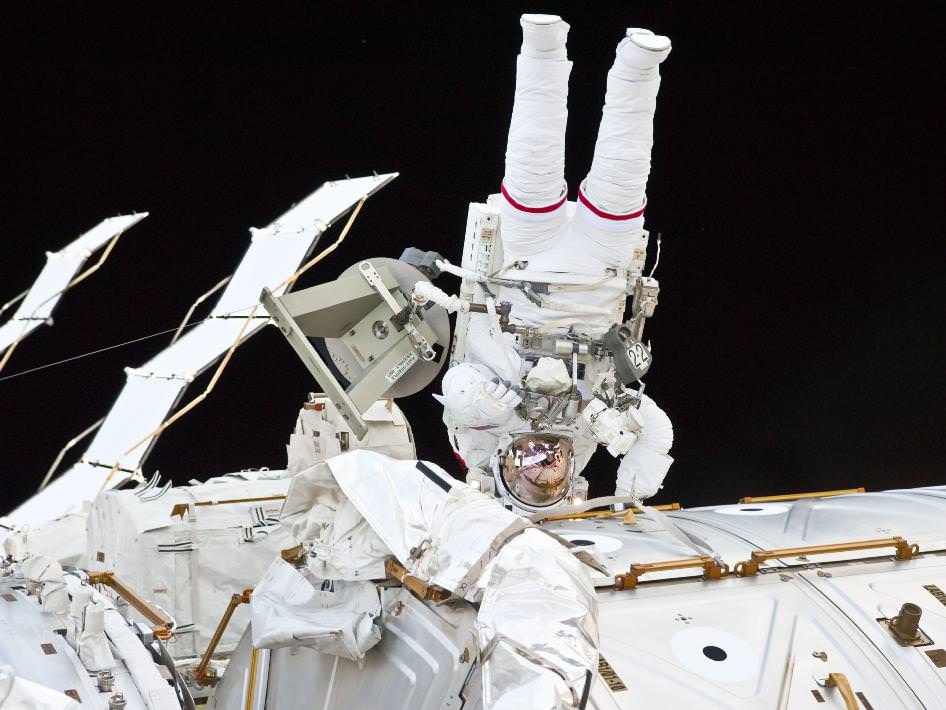
On the ISS, each crewmember requires approximately one gallon of water daily for drinking, food preparation, and hygiene practices like teeth brushing. The ultimate goal has been to recover 98% of the initial water brought into space at the beginning of longer missions.
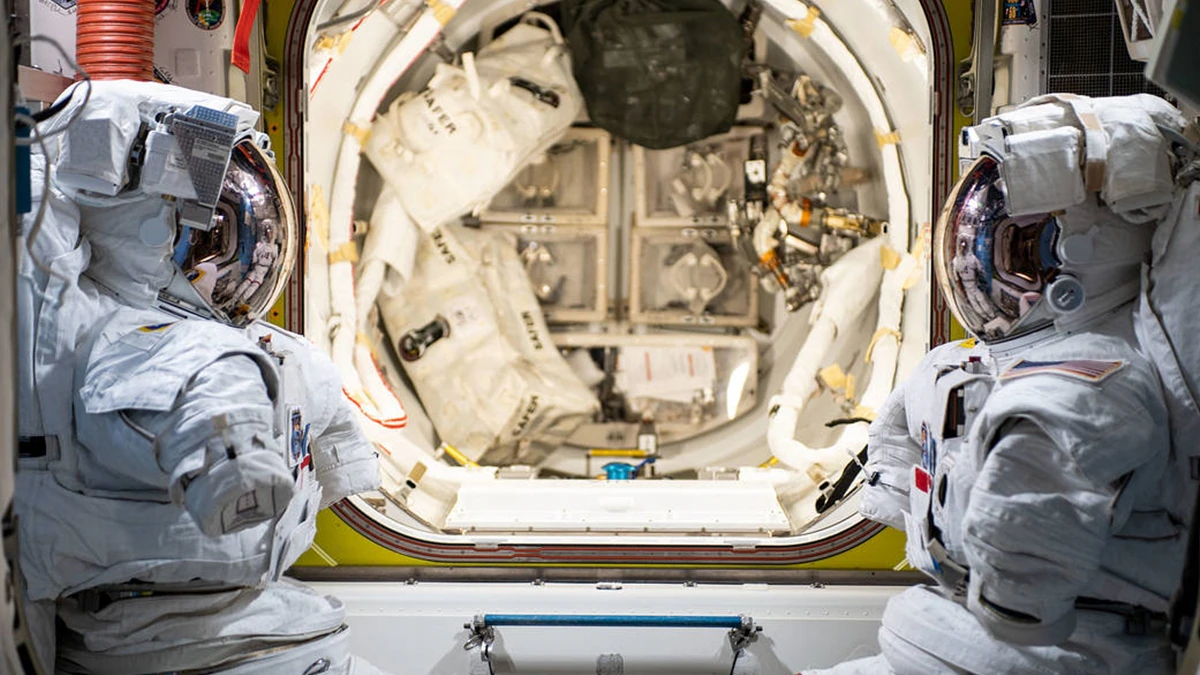
Christopher Brown, a member of the team at Johnson Space Center responsible for managing life support systems on the ISS, expressed the significance of this milestone, stating, “This is a very important step forward in the evolution of life support systems. Let’s say you launch with 100 pounds of water. You lose 2 pounds of that, and the other 98% just keeps going around and around. Keeping that running is a pretty awesome achievement.”
The water recovery milestone was accomplished through the Environmental Control and Life Support System (ECLSS) and a demonstration of the improved Urine Processor Assembly (UPA), which employs vacuum distillation to extract water from urine.
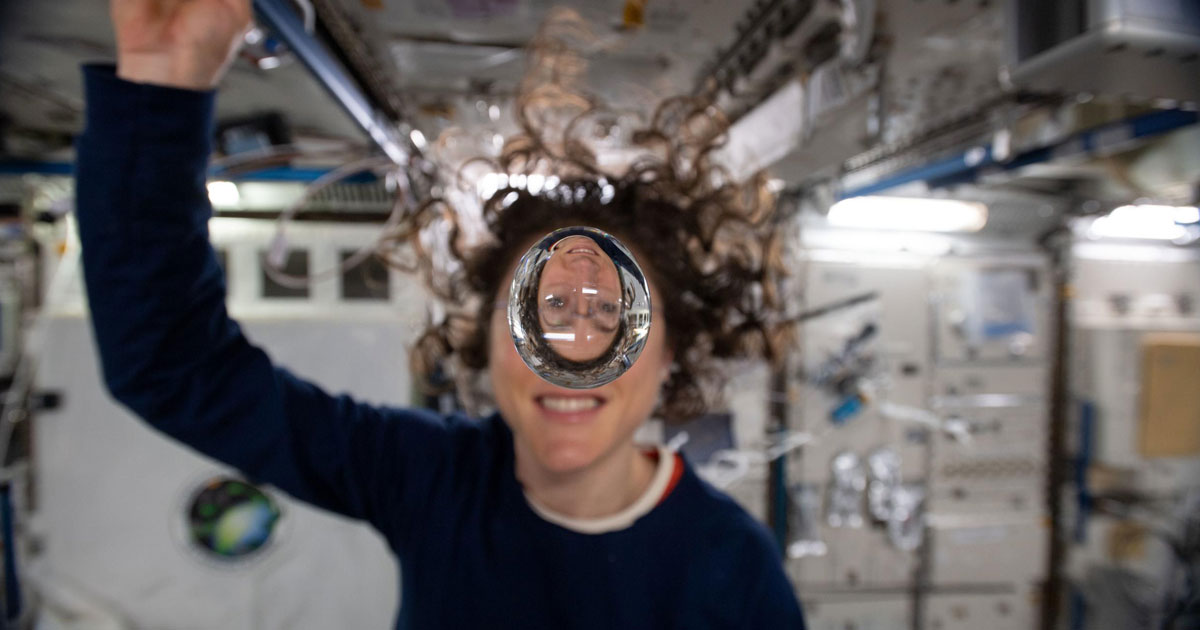
The ECLSS incorporates various hardware components, including a Water Recovery System that collects wastewater and advanced dehumidifiers that capture moisture from the ISS’s air, resulting from the crew’s breath and sweat. The collected water is then sent to the Water Processor Assembly (WPA), where it undergoes further treatment to become drinkable.
Within the ECLSS, the UPA distills urine, generating brine as a by-product, which still contains some unused water. To extract this remaining wastewater, a Brine Processor Assembly (BPA) was introduced. During microgravity demonstrations, the BPA propelled the ECLSS to achieve the 98% water recovery goal.

Jill Williamson, the ECLSS water subsystems manager, explained the impact of the BPA, stating, “Before the BPA, our total water recovery was between 93 and 94% overall. We have now demonstrated that we can reach a total water recovery of 98%, thanks to the brine processor.”
The BPA processes the brine through special membranes, exposing it to warm dry air, which evaporates its water content. This generates humid air resembling the breath of ISS crew members, which can be collected by ECLSS dehumidifiers.
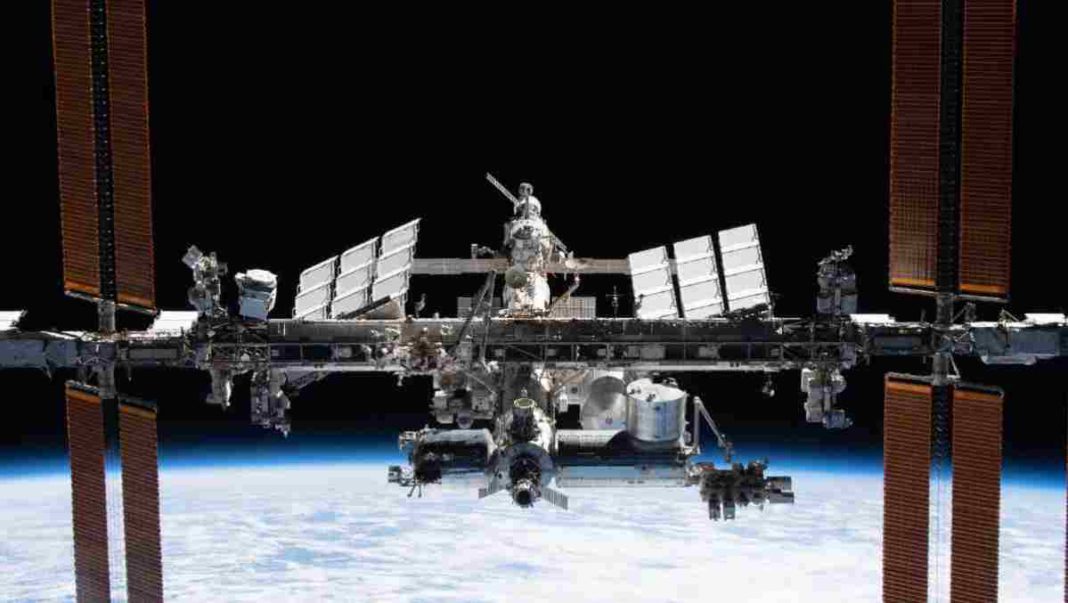
Similar to other wastewater, this humid air undergoes treatment by the WPA, involving specialized filters and a catalytic reactor that breaks down any remaining trace contaminants. Sensors verify the water’s purity, with any water failing to meet standards being sent back for reprocessing. Iodine is added to acceptable water to prevent microbial growth, and the water is stored for future use by the crew.
Addressing the question of whether astronauts drink urine in space, the answer is a clear no. The team emphasizes that the water produced on the ISS is actually superior to what municipal water systems produce on Earth.
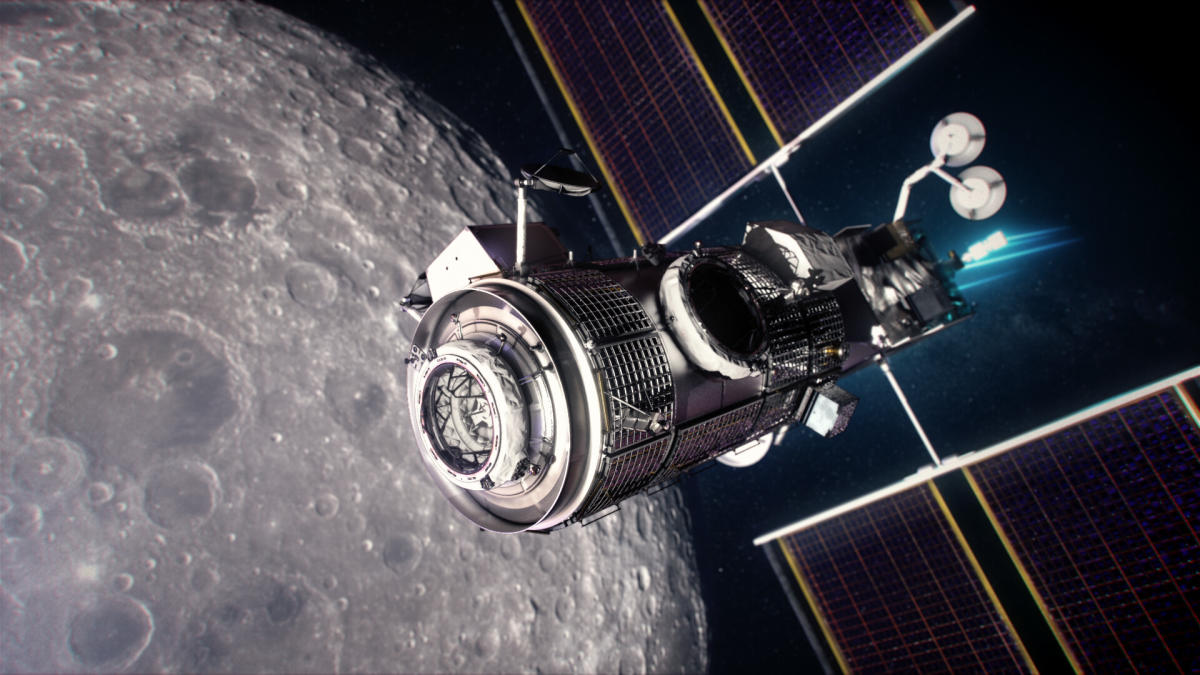
Williamson emphasized, “The processing is fundamentally similar to some terrestrial water distribution systems, just done in microgravity. The crew is not drinking urine; they are drinking water that has been reclaimed, filtered, and cleaned such that it is cleaner than what we drink here on Earth.”
She further added, “We have a lot of processes in place and a lot of ground testing to provide confidence that we are producing clean, potable water.”
The ECLSS systems undergo thorough testing to ensure they function as intended and demonstrate long-term reliability without requiring excessive maintenance or replacement parts.
Reaching the 98% milestone holds promising implications for future space missions, where astronauts will











